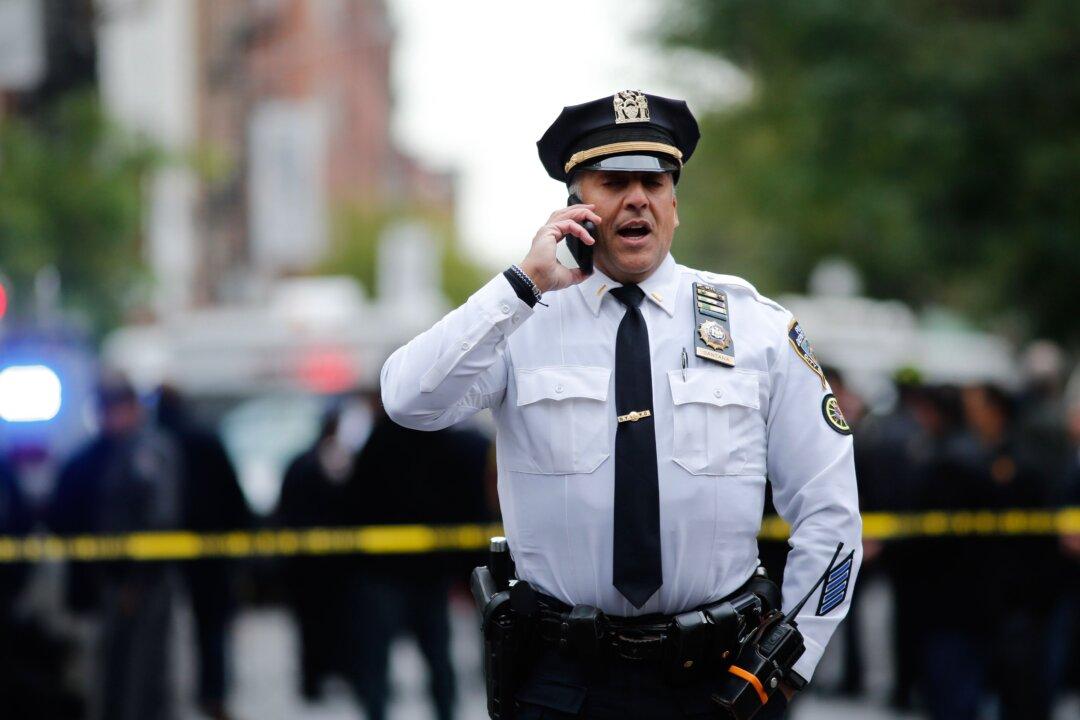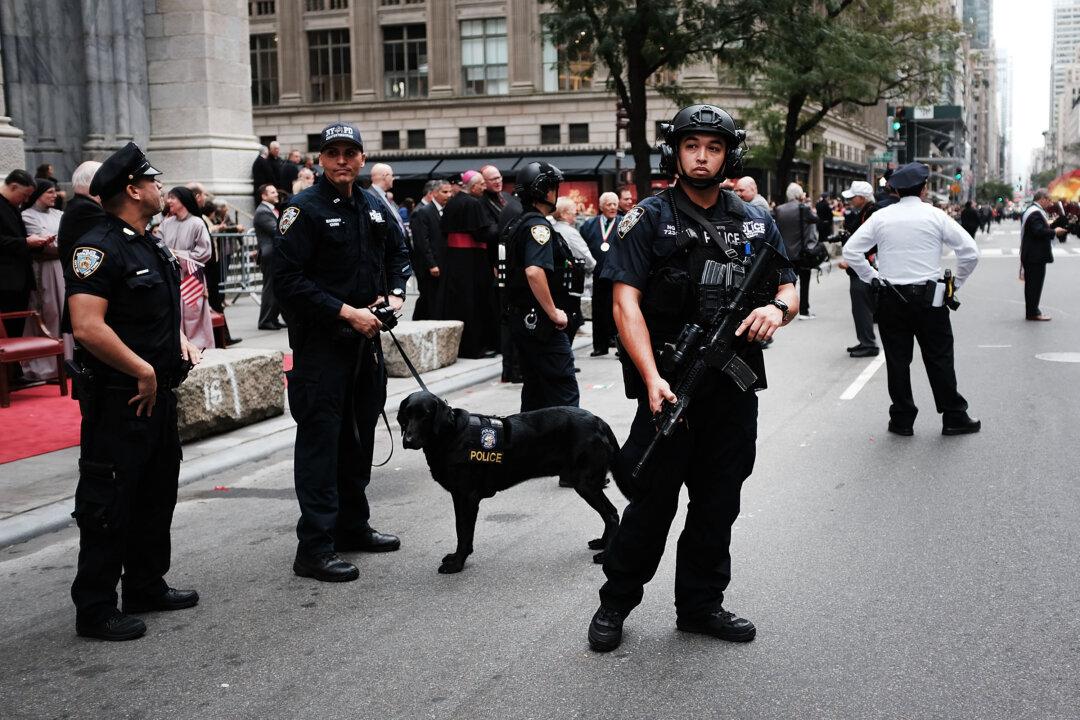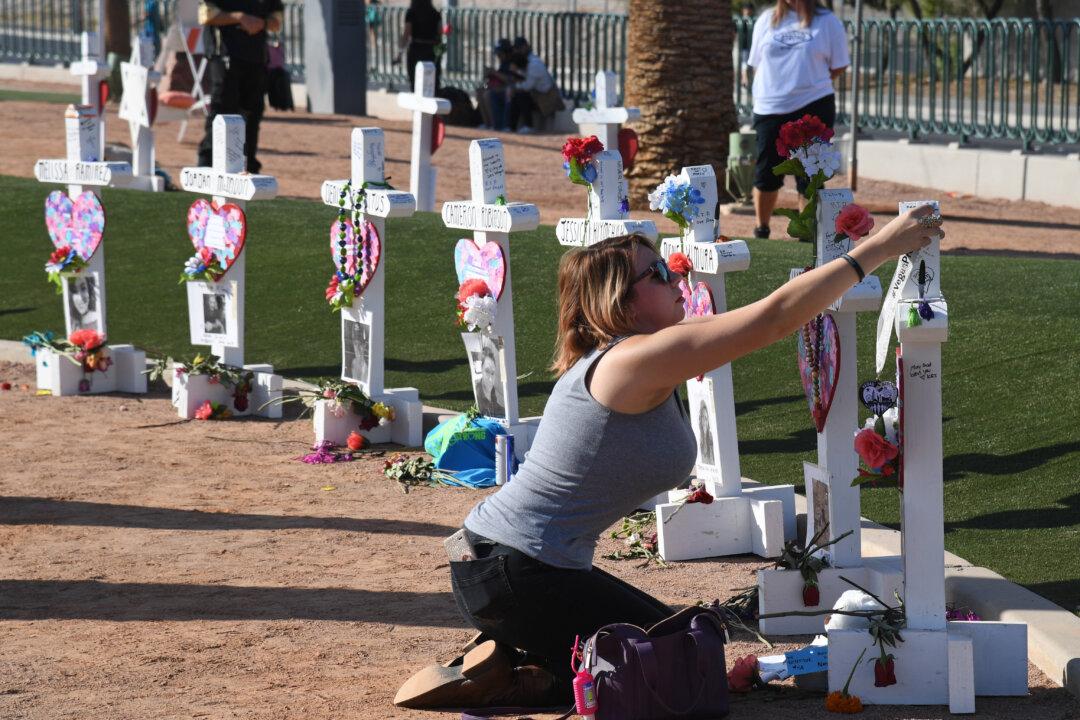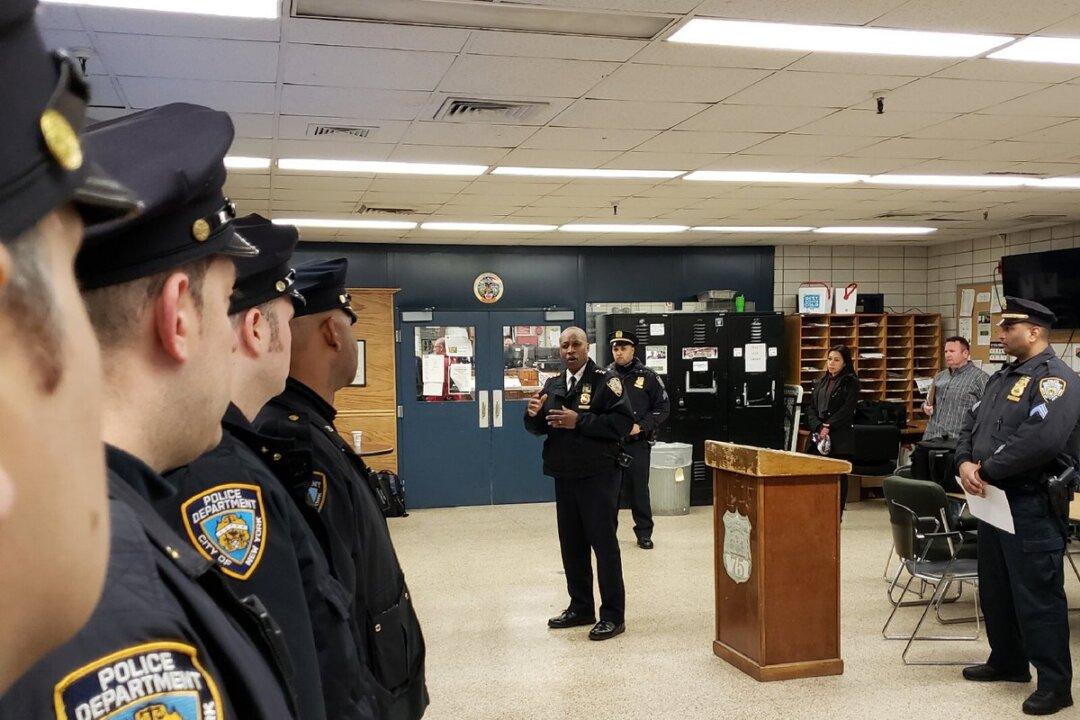As the 2016–2017 school year begins, I am reminded of many tragic suicides of students, including 15-year-old Phoebe Prince from South Hadley High School in Massachusetts.
Phoebe was mercilessly bullied for months before taking her own life, a reminder to all that bullying can have deadly consequences.
Bullying is cruel, destructive, and as tragically realized with Phoebe Prince, it can be lethal.
The tragedy of Phoebe must not be in vain, but serve as a clarion call to educators, parents, students, and law enforcement to intensify bullying awareness and prevention.
Aside from Phoebe, other youngsters have committed suicide as a result of the torment caused by bullying, including the following:
Jessica Logan—18-year-old Sycamore High School senior who sent a nude photo of herself to her boyfriend. According to a published report, the photo was sent to hundreds of teenagers in at least seven Cincinnati-area high schools after the couple broke up. Jessica hanged herself after attending the funeral of another boy who had committed suicide.
Jon Carmichael Loflin—13-year-old from Loflin Middle School in Joshua, Texas. As an eighth grader, Jon deserved to be excited about his upcoming high school days. Instead, acts of bullying by students who tormented him for being short led to his suicide.
Eric Mohat—17-year-old from Mentor High School in Mentor, Ohio. The excruciating bullying was so explicit that a bully in class dared him, “Why don’t you go home and shoot yourself, no one will ever miss you.” Tragically, Eric did just that.
Megan Meir—13-year-old from Immaculate Conception Catholic School in Dardienne Prairie, Missouri. Megan Meir committed suicide by hanging herself, three weeks before her 14th birthday. The suicide was attributed to a cyber-bullying hoax.
Bullying: A Communal Failure
The National Youth Violence Prevention Resource Center estimates that nearly 30 percent of American youth are either a bully or a target of bullying.
Bullying takes place not only in face-to-face encounters, but through cell phones, social media websites, and other online methods that are contributing to an alarming number of cyberbullying cases leading to suicide.





